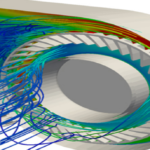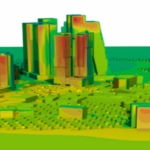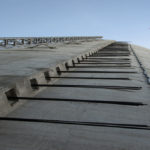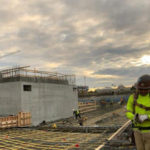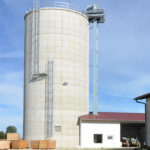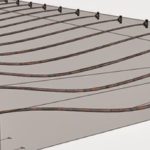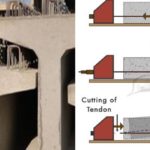Blog
Reinforced Concrete Calculation Static Report

Reinforced concrete structures are the most preferred building type in the modern construction sector in our country. Reinforced concrete structures are preferred for their strength, durability, and aesthetics. Therefore, it is also important to make calculations in the construction process of the building in terms of planning, design, and application. The report containing the reinforced concrete calculation results and structural analysis of the building designed by expert engineers in the field is called reinforced concrete static calculation report.
The correct design, material selection and construction methods should be considered for the static calculation report. That is, the safety of reinforced concrete structures depends on the correct design and construction of these elements. Therefore, by determining the problems and needs in the design of a structure, static reports should be prepared with reliable calculations. Here is a look about reinforced concrete structures and static calculation report of these structures;
– Reinforced concrete structure designs should be designed according to TBDY2018, TS500 and TS498. Therefore, the standards used should be specified in the report with details.
– External factors affecting the structure such as live, dead, wind, snow and earthquake loads acting on the carrier system should be included in the report. With load combinations, the structure should be designed with the most unfavorable scenario.
– The report should include parameters such as material properties of concrete and reinforcing steel, strength and modulus of elasticity.
– The general geometry of the structure, the structural system, physical details such as columns, beams, curtains and slabs and dimensions of reinforced concrete elements and cross-sectional analyzes are also included in the report.
– In order to make calculations in static reports, the results of the ground investigation should be examined for the bearing capacity of the soil and foundation design. Therefore, when important parameters are taken into consideration, foundation types and dimensions can be determined.
– Load combinations evaluate the situations that show the highest possible effect by combining different load types.
– Shear force and bending moment analyses should be interpreted by evaluating the forces and moments in columns, beams and other elements.
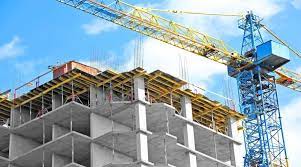
– According to the geological and topographical situation in the structure, the analysis of earthquake effects should be calculated and accordingly, measures should be taken to ensure earthquake resistance in the report by evaluating the earthquake performance.
Latest Blog
-
Methods Used In Earthquake Performance Analysis
4 July 2024 -
Reinforced Concrete Calculation Static Report
31 January 2024 -
Steel Calculation Static Report
31 January 2024 -
What Is CFD Analysis?
22 December 2023 -
What Are The Benefits Of CFD Analysis?
22 December 2023 -
Silo Reinforcement with Post-Tensioning Method
26 September 2023 -
Post Tensioning Method in Cantilever Slabs
4 September 2023 -
Post-Tensioning Application In Reinforced Concrete Silos
22 August 2023 -
Components Of Post Tensining
16 August 2023 -
What Are Pre-Stressing And Post-Tensioning?
11 August 2023 -
What is Prestressing?
8 August 2023 -
History Of Post Tensioning
8 July 2023 -
Post Tensioning Method In Foundations
14 June 2023






